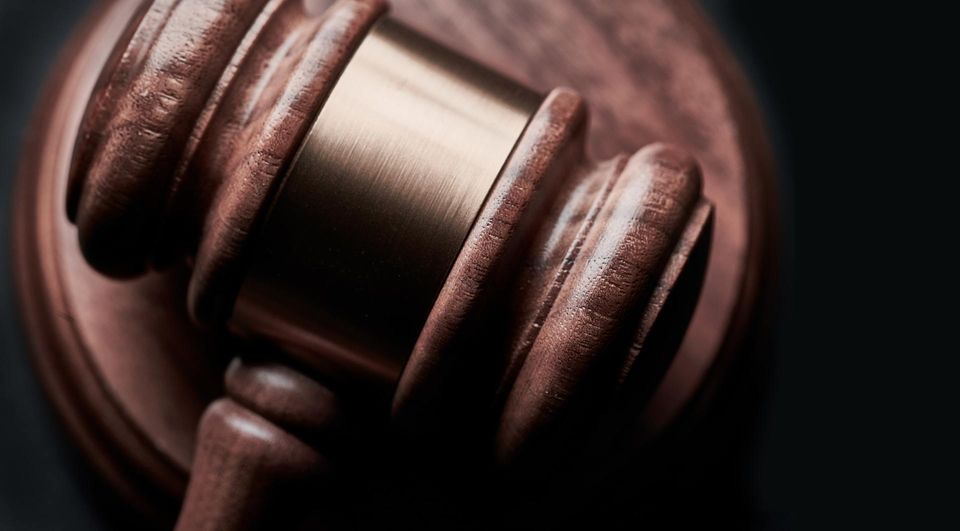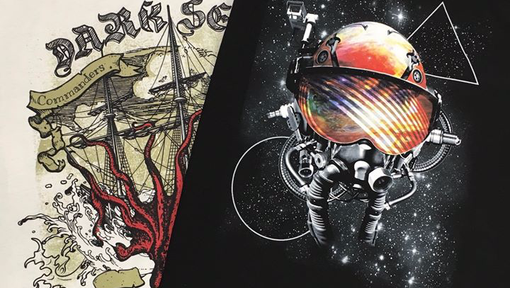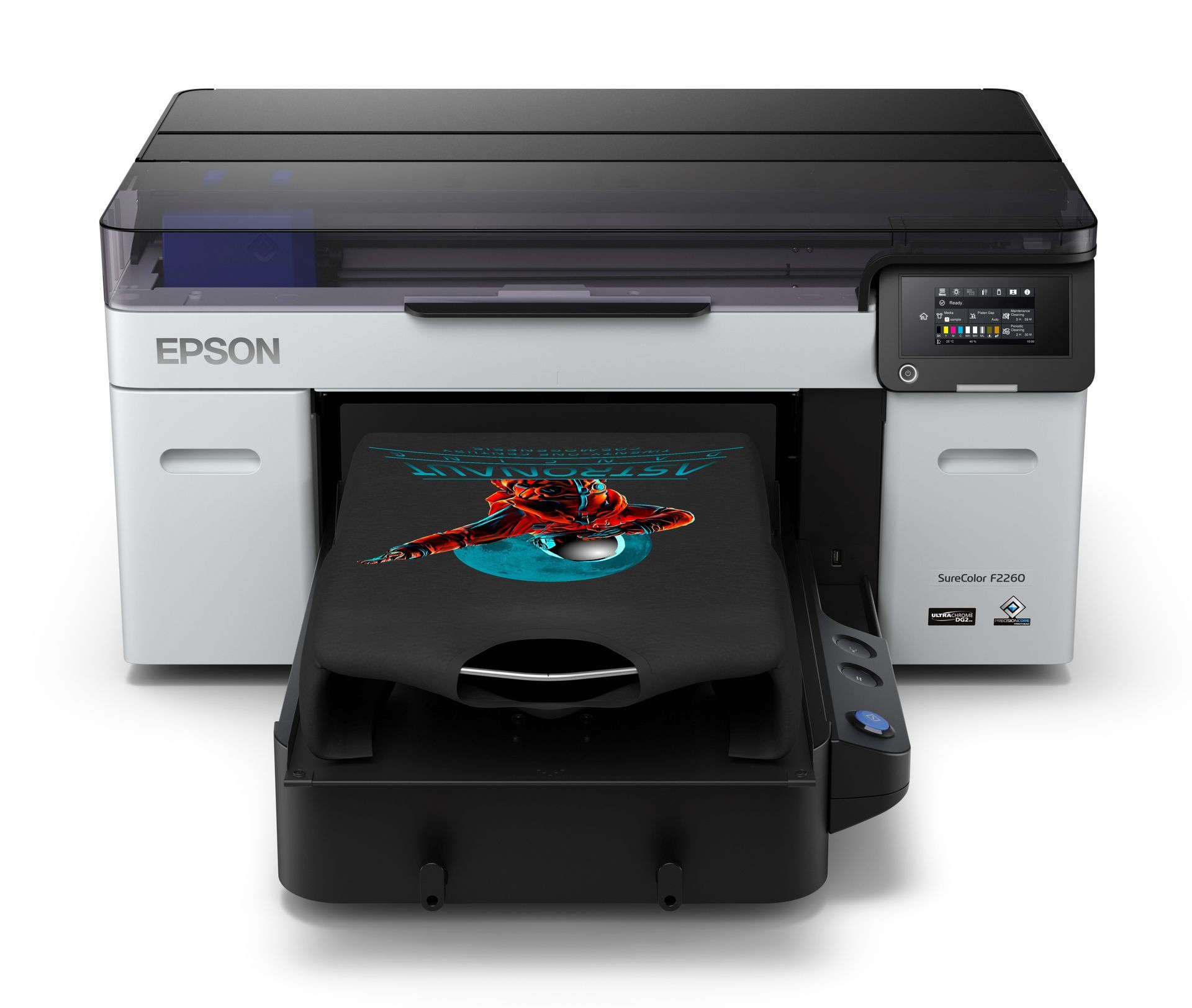February 25, 2021
Did you purchase in your DTG printer or vinyl cutter because you thought creating your own licensed merchandise would be a great moneymaker? Have you been approached by a customer who wants you to create a garment using someone else’s imagery? Whilst you can do wonderful things with these machines, it’s important that you have some understanding of copyright law to avoid getting into trouble.

Many of our customers’ common questions revolve around copyright, especially when it comes to images that have been downloaded from the internet and obtained from stock photo services (such as iStock Photo, Adobe Stock, Shutterstock and so on). Some images are watermarked, which clearly indicates that the owner does not want their artwork used without permission, but others may have no markings at all.
It is your responsibility to find out if the images you would like to use are covered by copyright. There’s no grey area when it comes to the law, so ensure that you have protected yourself against possible infringement.
Stock Images
Many people believe that paying the download or subscription fee when using a stock image library entitles them to unlimited usage of the image. You might be surprised to learn that this isn’t necessarily the case. Most images that you get from stock services come with a standard license, which entitles the downloader to a certain number of uses and views on social media, mobile advertising or email marketing (to name a few).
It’s important to note, however, that a standard license doesn’t entitle you to use the image on merchandise or products that you intend to sell or profit from. If you want to use the image on printed or promotional items that you intend to sell, most stock services will be able to provide you with an extended license - but this will be at an additional cost.
I Won’t Get Caught
Thanks to the internet, an image owner doesn’t need to randomly stumble across your website to discover that someone has used their work illegally. Tools like Google Image Search allow literally anyone to perform a reverse image search, which helps owners find out where their images are being used. If you’re using copyrighted images without permission, you’re breaking the law and the owner can take legal action against you - even if you remove the image.
Don’t fall into the trap of thinking that you’re just a little player and that large brands won’t bother - we’ve heard of plenty of small businesses that have received cease and desist letters, so it does happen and can very easily happen to you.
Customer’s Responsibility?
Whilst it can be tempting to go along with whatever the customer wants and place the blame squarely on them for any consequences, it’s important to remember that you (as the printer) are liable for any copyright infringement because you’re the one actually profiting from it. You might need to turn away some jobs, but it’s definitely worth it in the interest of protecting yourself and your business from possible legal action.
Due Diligence
If a customer brings you an image and you’re unsure whether they have permission to use it, be sure to ask them where they got it or if they own it. In most cases, the customer will be unaware that the image may be covered under copyright and will understand if you cannot print it.
If you’re using the images for your own business and intend to profit from the products they’re printed on, always make sure that you’ve read the fine print of the copyright license. If in doubt, reach out to the stock service you’re using for clarification.
Whilst we hope that this blog has given you some understanding of copyright law and how it relates to your garment decoration business, we must stress that we are not legal professionals so it is important that you do your own research into copyright law and seek assistance from a lawyer if necessary.
Share
Tweet
Share
Mail

By Kristina Wood
•
May 7, 2024
Did you know that out of the 20 Epson SC-F3000 models in Australia, Machines Plus has installed a whopping 9 of them? We're not just about recommending equipment; we're all about providing tailored solutions to meet all your direct-to-garment and printed merchandise needs!
© 2021 COPYRIGHT MACHINES PLUS | Terms and Conditions | Privacy Policy | Returns Policy | Service Agreement



